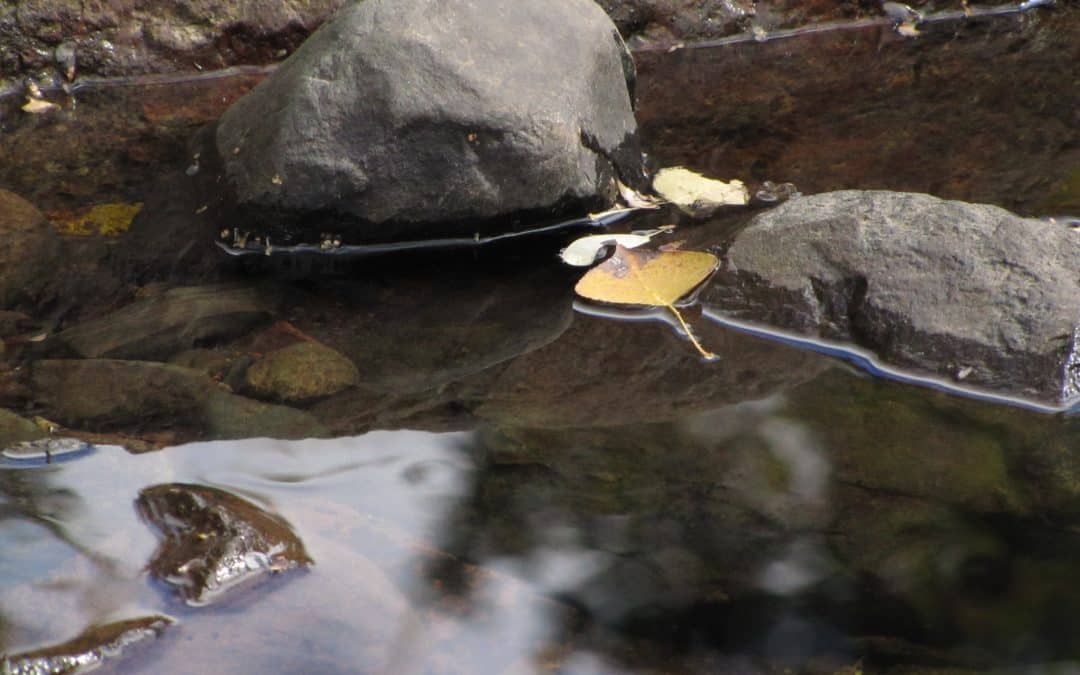
Photo courtesy of U.S. Forest Service on Superior National Forest
In late February, a team working for Pulsar Helium tapped into a concentration of helium in Lake County near the edge of the Boundary Waters Canoe Area Wilderness.
Helium was first discovered accidentally near the BWCA in 2011 by a team of researchers looking for precious metals such as copper and nickel.
The site where the helium was found is near Highway 1 and Lake County Highway 2, not far from the small community of Isabella and the center of the 2021 Greenwood Fire that led, in part, to the closure of the BWCA in 2021. Pulsar is calling the site “The Topaz Project.” The company reports that “Topaz has been drilled with helium contents identified of up to 13.8%, making it one of the highest-grade discoveries in history.”
The discovery of helium near the Boundary Waters, along with continued interest globally in precious metals near the BWCA, prompted the team at Paddle and Portage to question, “What’s under the Boundary Waters?”
Eric Nowariak is a Precambrian geologist with the Minnesota Geological Survey at the University of Minnesota. He spoke with Paddle and Portage’s Joe Friedrichs about what’s under the Boundary Waters, including recent discoveries of helium near the BWCA.

